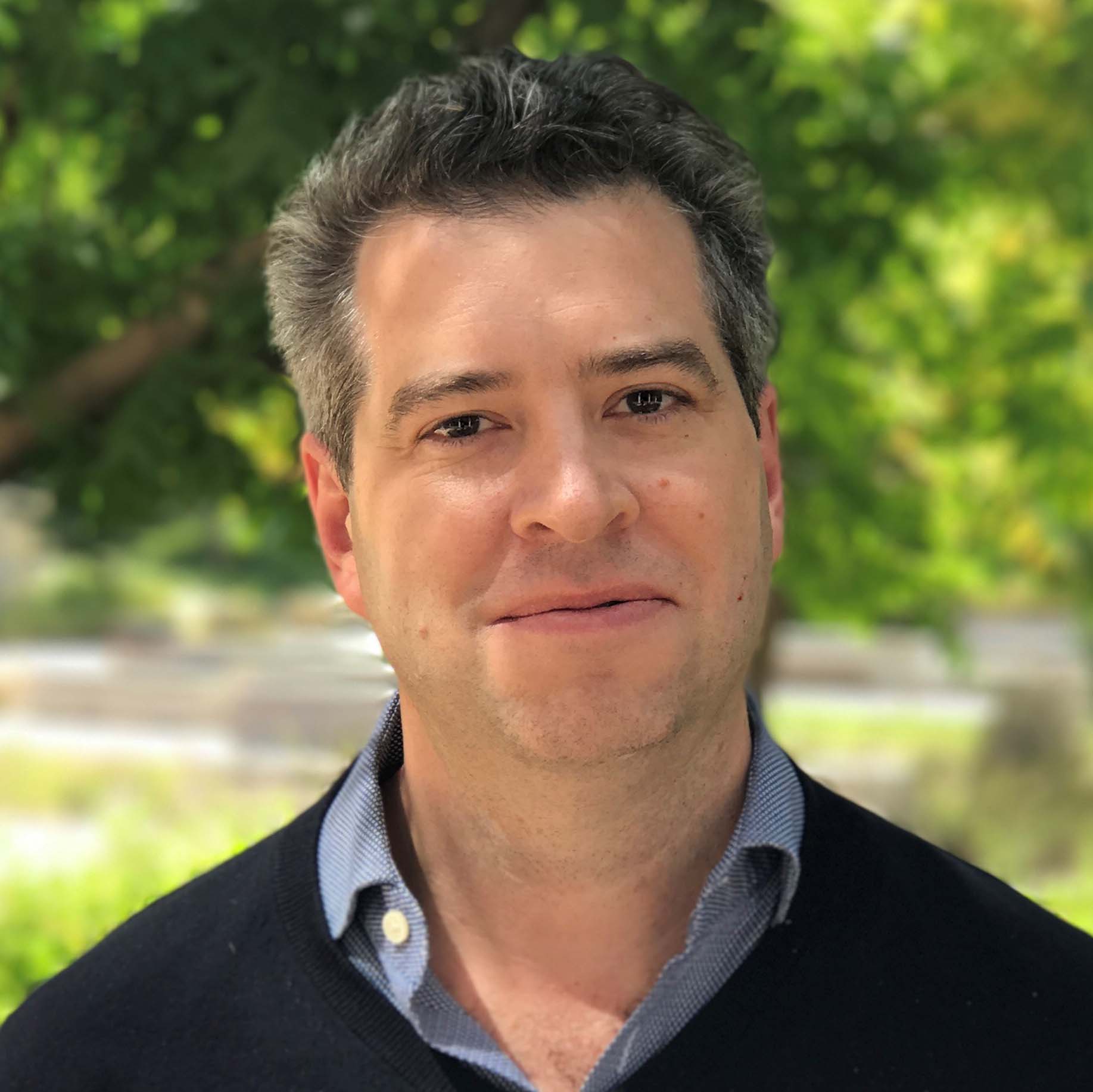Title
What Art can tell us about the Brain
Bio
Livingstone was born in Virginia, started college at Duke University and then transferred to Massachusetts Institute of Technology where she received her undergraduate degree in 1972. In 1981 she earned her Ph.D from Harvard University. Following her Ph.D. she worked as a as a visiting fellow at Princeton University and then was a postdoctoral fellow under David H. Hubel at Harvard University. In 1983 she became an assistant professor at Harvard Medical School, and in 1988 she was promoted to professor, and in 2014 she was named the Takeda Professor of Neurobiology.
She authored the book Vision and Art: The Biology of Seeing. She was elected a member of the American Academy of Arts and Sciences in 2015 and was elected to the National Academy of Sciences in 2020.
Abstract
Artists have been doing experiments on vision longer than neurobiologists. Some major works of art have provided insights as to how we see; some of these insights are so fundamental that they can be understood in terms of the underlying neurobiology. For example, artists have long realized that color and luminance can play independent roles in visual perception. Picasso said, “Colors are only symbols. Reality is to be found in luminance alone.” This observation has a parallel in the functional subdivision of our visual systems, where color and luminance are processed by the evolutionarily newer, primate-specific What system, and the older, colorblind, Where (or How) system. Many techniques developed over the centuries by artists can be understood in terms of the parallel organization of our visual systems. I will explore how the segregation of color and luminance processing are the basis for why some Impressionist paintings seem to shimmer, why some op art paintings seem to move, some principles of Matisse’s use of color, and how the Impressionists painted “air”. Central and peripheral vision are distinct, and I will show how the differences in resolution across our visual field make the Mona Lisa’s smile elusive, and produce a dynamic illusion in Pointillist paintings, Chuck Close paintings, and photomosaics. I will explore how artists have figured out important features about how our brains extract relevant information about faces and objects, and I will discuss why learning disabilities may be associated with artistic talent.






